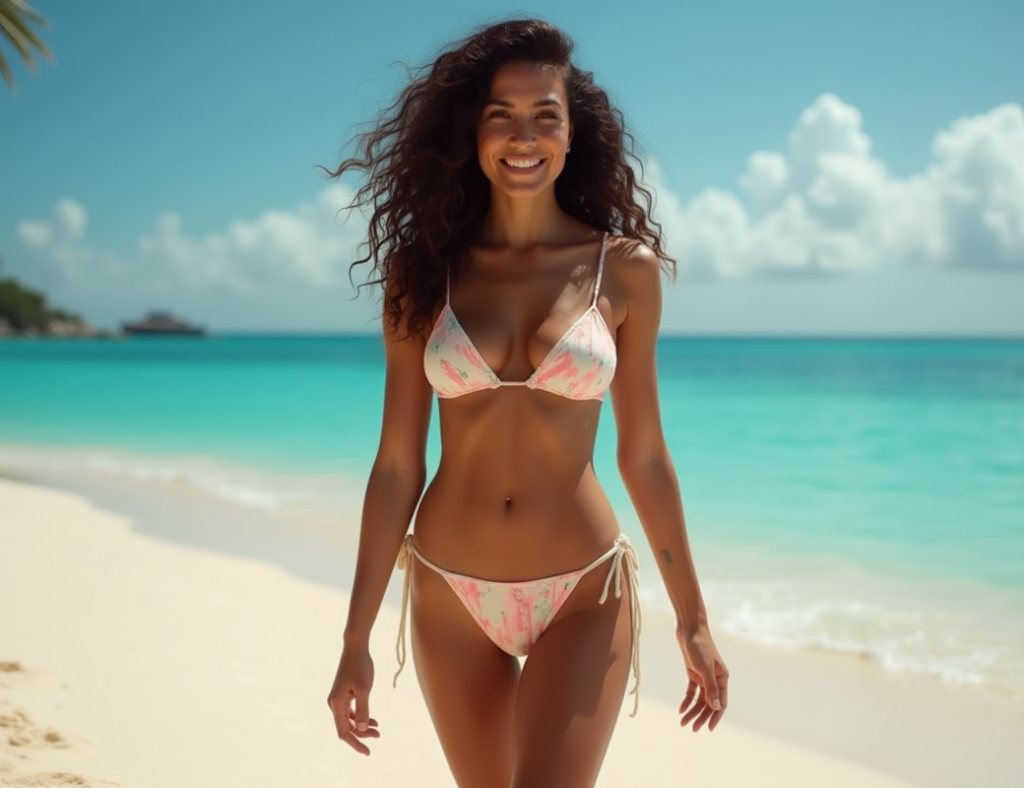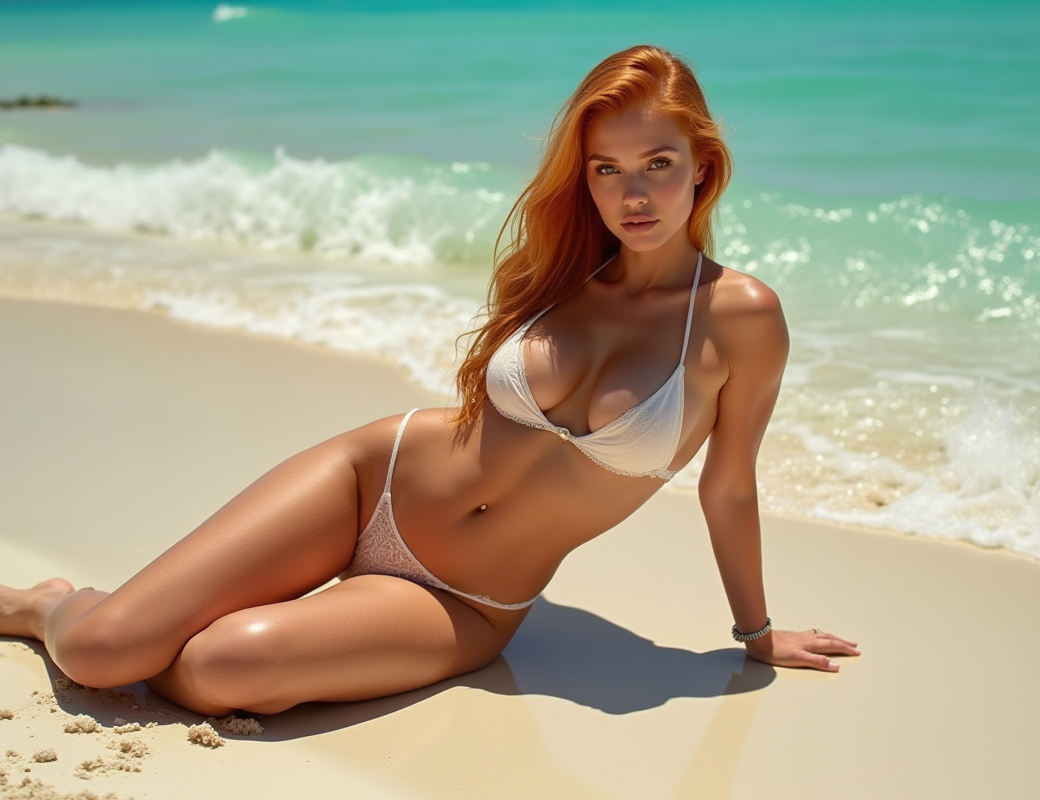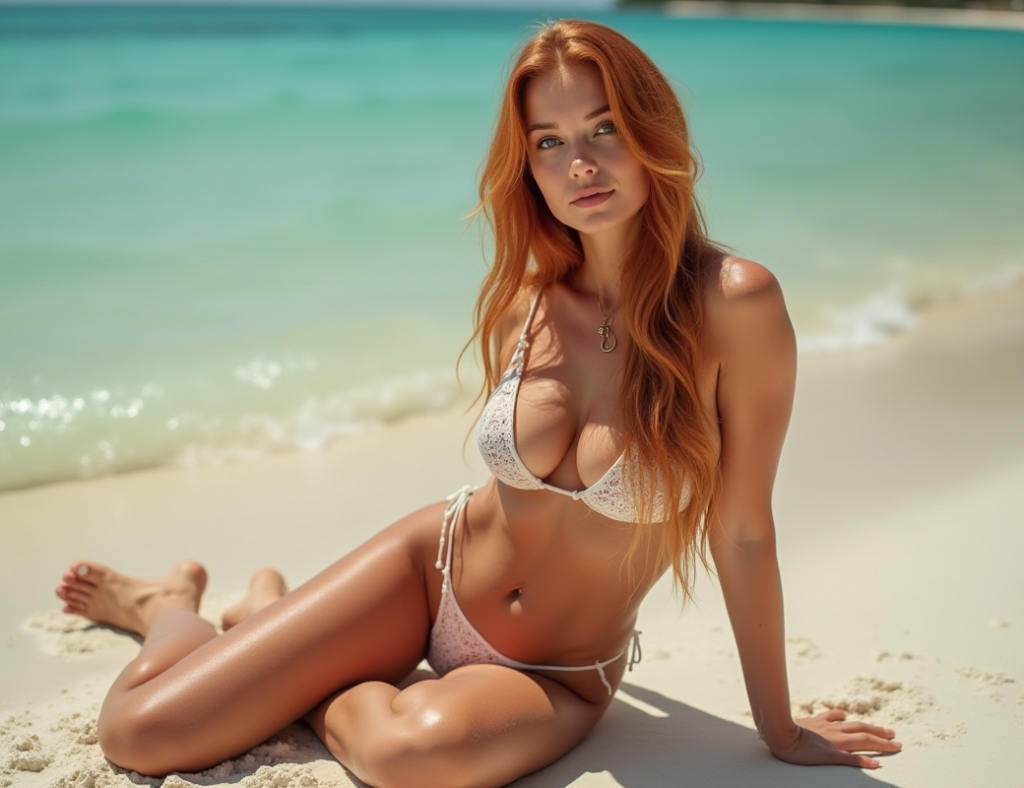Key Takeaways
-
Mindfulness nurtures the mind-body connection by assisting you in observing thoughts, feelings, and sensations without criticism. This fosters a gentler relationship with your body and more accurate cues for self-care.
-
Key processes include breaking habitual negative thinking, enhancing emotional control, and cultivating self-awareness. Each of these decreases impulsivity toward body-focused stimuli and sustains a healthier self-image.
-
Do neutral observation and body scans regularly to map patterns in self-talk and tension. Log daily shifts in awareness to track progress.
-
Consider breathwork, naming your emotions, and brief pausing to navigate moments of body-image distress. Then pair these tools with self-compassion to avoid reactive, punitive responses.
-
Combat comparison by limiting your exposure to triggering media, refocusing attention on your values, and developing a list of non-appearance based strengths to remind yourself why you are intrinsically valuable.
-
Pair mindful movement, mindful eating, and little daily rituals with concrete, achievable goals. Track your progress and celebrate the small victories to develop sustainable self-acceptance and enduring body confidence.
How mindfulness helps body confidence is by instructing present moment awareness and curbing harsh self-judgment. Frequent mindfulness reduces stress and body-centric rumination, increases acceptance of physical sensations, and encourages healthy habits such as balanced eating and gentle exercise.
Mindful attention fortifies resistance to media images and social comparison, and it constructs micro, repeatable habits that support positive self-perception. The next chapters provide actionable guides and short exercises to implement these concepts each day.
The Mind-Body Connection
Thoughts and feelings influence what we experience in the body and how we perceive ourselves. Negative self-talk can tighten muscles, accelerate breathing and make posture slump, all of which can feed a sense of shame or low confidence. Careful attention can relax muscle tension, decelerate the heart and make movement feel more buoyant, sustaining a smarter, gentler self-image.
These loops work both ways: bodily states influence mood and mood shapes body experience. It is that two-way current that accounts for the way a worry can manifest as a knot in the stomach and a serene breath can alter your stance and your sensation.
Mindfulness connects the mind and body by grounding your attention in the present moment. Simple practices like body scans or focused breathing help people observe tension, pain, or comfort without layering on judgment. Deep breathing triggers the parasympathetic nervous system, reducing heart rate and alleviating stress.
This demonstrates how a conscious decision to decelerate the breath changes physiology. Mindfulness training strengthens emotional regulation, reducing stress, anxiety, and depressive symptoms. It can reorient brain networks associated with attention, memory, and emotion.
These shifts make responding to body cues convenient and clear rather than reactive. Heightened mind-body awareness encourages a kinder friendship with the body, transforming cruel criticism into kind curiosity. Just noticing a judgment, “I look wrong,” and then looking for physical evidence—tight jaw, shallow breath, tensed shoulders—allows a person to step out of reflexive blame.
That space opens the potential for a gentler reply, like shifting your position, breathing into tension, or reciting a supportive mantra. Research ties mindfulness to increased positive and decreased negative affect, and more mindful individuals report greater self-esteem and life satisfaction.
A practical example is a person who notices knee pain while running can pause, scan for tension, alter stride, or rest, avoiding escalation driven by judgment alone. Acknowledging these internal cues facilitates healthier body confidence, as it encourages you to act promptly and intelligently.
Embodied cognition casts the mind as distributed throughout the body, so tuning into sensations provides concrete information about desires and boundaries. Mindfulness can ease chronic pain and improve sleep and immune function, all of which fortify the sense that one’s body can be tended to and trusted.
Frequent mini sessions, such as three minutes of breath attention before getting dressed and a two-minute shoulder scan mid-work, cultivate sensitivity toward such cues and train individuals to listen to their bodies, acting in ways that prioritize health rather than image. That continuous, hands-on attention moves assurance from style to substance.
Core Mechanisms
Mindfulness impacts body confidence via interconnected psychological and physiological mechanisms that alter your body’s sensation, perception, and response. Research on interoception and interoceptive accuracy (IA) extends back over a century. Contemporary work demonstrates the body’s signals influence brain function and emotional experience.
Mindful attention to inner sensations generates awareness that can transform mundane patterns of behavior. Multiple studies demonstrate that mindfulness training changes attention subsystems and sustains cognition.
1. Neutral Observation
Notice sensations and thoughts without labeling them as good or bad. This habit minimizes snap value judgments and allows sensations to flow more easily without stoking self-criticism.
Pay attention to appearance-related self-talk patterns. Track neutral observations daily for two to four weeks to notice reoccurring themes, triggers, and shifts.
Distance yourself from harsh inner stories by describing sensations in basic terms — warmth in the chest, tension in the jaw — not stories about value. As you detach, this reduces the power of automatic negative thought.
2. Emotional Regulation
Notice and label feelings that arise when you attend to looks. Labeling, such as sad, anxious, or ashamed, creates distance and triggers different neural mechanisms than rumination.
Breathwork to temper reactions. Just a couple of deep, slow breaths can de-escalate arousal, creating room to respond instead of react. Interrupt and respond to negativity. Pause before you answer those feelings and be intentional about what you do.
Be gentle with yourself when you get uncomfortable. Easy statements recognize difficulty, shame, and assist in affect regulation consistent with findings about emotional processing and relapse prevention.
3. Reduced Comparison
Redirect it from outside comparison to inside experience. When comparison rears its head, acknowledge it and pivot to somatic signals or authentic values.
Restrict access to body-dissatisfaction inducing media. Establish specific boundaries, such as decreasing usage or customizing feeds, to reduce recurring prompts.
Make a list of non-appearance strengths—skills, relationships, values—and revisit it when comparison flares. This anchors identity in stable internal traits.
4. Sensory Appreciation
Concentrate on body skills and feelings as opposed to appearance. For instance, consider the ease of inhalation on a stroll or the limberness of muscles that have just been bent.
Engage in activities that highlight function: walking, stretching, or mindful cooking. Indulge in sensory pleasures such as touch or flavor to help reaffirm positive experiences of the body.
Journal a little about these times to reinforce the connection between feeling and gratitude.
5. Cognitive Reframing
Challenge and replace negative body thoughts with balanced perspectives. You can use prompts to identify such deformed thoughts, including all-or-nothing thinking or overgeneralization.
Get in the habit of appreciating what the body still lets you do and create mini-mantras that focus on acceptance and toughness. Mindfulness-based programs and shifts in instruments like the Freiburg Mindfulness Inventory demonstrate that such cognitive change can take place even after brief retreats.
Practical Application
Mindfulness nourishes body confidence by developing consistent attention to sensations, thoughts, and feelings in everyday life. Put mindful habits into practice across five wellbeing dimensions—Physical, Emotional, Mental, Spiritual, and Social (PEMSS)—to craft a holistic self-care routine that stands strong against the pressures of work and life.
Body Scan
-
Loll. Close your eyes. Take a few deep breaths to calm yourself.
-
Shift awareness to the crown of the head, observe warmth, tension, or comfort. Pause.
-
Shift to the face and jaw. Inhale gently into any tightness without pushing to change it.
-
Move on to the neck, shoulders, upper back, chest, and abdomen, identifying sensations.
-
Scan each arm, hand, and fingers, then hips, thighs, knees, and lower legs.
-
Complete with feet and toes. Follow any lingering sensations and let go.
Apply body scans to identify tension or pain without criticism. Just observe the location and nature of sensations. Practice scans often. Begin two to three times per week, then progress to once daily for enhanced body awareness.
After each session, jot one or two shifts in perception: less tightness, a calmer mind, or new insight into habitual holding patterns.
Mindful Movement
Add in some gentle movement like yoga or tai chi that connects breath with movement. Pay attention to how your muscles feel, how your joints move, and your breathing cadence as opposed to speed, calories, or appearance.
Experiment with a few styles—slow vinyasa, restorative yoga, walking meditation, dance—to discover what resonates as fun and empowering. Reflect after sessions: note changes in mood, posture, and confidence.
Record which activities increase energy or reduce self-critique. Even if it’s ten minutes, set boundaries with work by reserving movement time and reminding yourself work can wait. All of this supports work-life balance and diminishes emotional stress.
Mindful Eating
Slow your meals. Take small bites, put down your utensils between bites, and pause throughout to check in on your hunger and fullness levels. Observe tastes, consistencies, and how it fuels your body.
Free up guilt by framing decisions as information about needs and desires, not moral tags. Keep a mindful eating journal with tips:
-
Log hunger level before and after meals.
-
Note flavors and satiety cues.
-
Record emotions linked to eating.
-
Track one gratitude entry about food per day.
-
Celebrate the little victories, like adhering to the mealtime schedule.
Define concrete, realistic targets for mindfulness-informed self-care, such as ten minutes of body scan three times a week, two movement sessions of thirty minutes per week, or a gratitude note every night.
Track progress and celebrate small wins to keep motivation. Check weekly entries, adjust goals, and reward consistency with simple joys.
The Embodied Self
Embodiment is living fully in and through the body, where the felt sense of touch, breath, posture, and movement co-constructs our selfhood. This perspective regards the body and mind as a single unit, not two distinct entities. Neuroscience and cognitive science have come to demonstrate that sensation and action sculpt thought, memory, and feeling. That shift is important for body confidence because how we sense ourselves can alter how we value ourselves.
Embodiment invites individuals to attune to somatic cues and deploy them to orient attention. Simple cues—jaw tension, shallow breathing, a soft stomach—provide immediate feedback on anxiety, ease, and hunger. Noticing these signals helps with better choices: rest when shoulders feel tight, eat when hunger is clear rather than out of habit, and walk when legs feel restless.
That sort of tuning slices through blaring cultural dictates about appearance by instead allowing real-time, local feedback to direct behavior. A person who learns to distinguish tension in clothing from tension in their own sensations understands how to make different sartorial or activity decisions without moralizing the body.
To nurture presence and agency over the embodied self is to take the practice of being with sensations in a non-judging way. Presence undergirds ownership because it develops the practice of pausing and responding instead of reacting. A person might set a short daily check-in: sit for two minutes, notice breath, scan from feet to head for tight spots, name one comfort and one tension.
Repeat frequently. Ownership increases when tiny acts of responsiveness ensue, such as correcting posture, stretching, and declining plans that might feel physically taxing. Ownership is not control over every mutation, but a consistent feeling that you inhabit and embody your body.
Mind–body connection deepening practices are diverse and well-studied. Yoga, tai chi, and mindful walking all train attention to posture, balance, breath, and rhythm. They are associated with more present moment focus and reduced reactivity.
Creative practices, such as dance, art, and gardening, root attention in touch and movement and can enhance acceptance and self-expression. Social acts, such as partner stretches or a communal class, add a relational dimension that validates the body in relation.
People experience increased body awareness, better emotion regulation, and more self-acceptance after regular practice. Use short, concrete options: two rounds of sun salutations, ten minutes of slow walking with breath counts, or a five-minute body scan before sleep.
Common Challenges
Mindfulness can help steady body confidence. Practice frequently encounters common pitfalls. These challenges range from impatience and self-criticism to distraction and simply forgetting to practice.
There is also the potential for some individuals—particularly those with high anxiety, shame, or unresolved trauma—to experience intense negative reactions such as flashbacks, perceptual changes, or relaxation-induced panic during unsupervised practice. Simply being aware of these problems and easy tactics to counter them makes continued practice more probable.
|
Common obstacle |
Typical signs |
Strategy to address |
|---|---|---|
|
Forgetting to practice |
Days pass without intentional moments of pause |
Set small cues: phone alarms labeled “pause,” pair practice with routine tasks, or use visual reminders where you dress or work |
|
Impatience or need for quick change |
Frustration that progress is slow |
Start short sessions (3–10 minutes) multiple times daily; expect gradual gains and track small wins like one less critical thought |
|
Self-criticism |
Harsh inner voice after mind wanders |
Practice a neutral inward note when judgment appears, then return attention without shame; label thoughts as “thinking” and resume focus |
|
Distraction and busy mind |
Frequent mind wandering, racing thoughts |
Use anchors like breath, body scan, or a single sensory cue; accept wandering as normal and bring attention back gently |
|
Avoidance of emotion |
Using practice to escape feelings rather than meet them |
Notice urges to avoid, name the urge, and gently allow feeling presence; work with a teacher or therapist if avoidance is strong |
|
Risk for adverse events |
Panic, flashbacks, or intense distress in some people |
Seek guided practice with a trained clinician; use grounding techniques; stop and seek support if intense responses occur |
Forgetting to practice is typical. Build a habit by tying practice to existing routines: after brushing teeth, take three mindful breaths. Before meals, do a one-minute body check. Brief, regular sessions work better than infrequent long ones.
Most discover that the mind doesn’t really start to settle until around 20 minutes, so several short sessions add up to a lot of benefit and stave off the stress to ‘do it all at once.’
One misconception is that mindfulness is about silencing thoughts. That’s not the point. Having no thoughts is neither necessary nor realistic. The exercise is acquiring the ability to observe mind-wandering and return attention to a point of concentration.
For those who experience frustration, shame, or trauma responses, arrange support. Partner with clinicians or veteran teachers when emotions flare and employ grounding gestures like sinking your feet into the floor or naming things in the room.
Normalize failure. Anticipate them, identify them, and frame them as educational experiences. Shift your expectations toward consistent progress, not perfection, and recall that small, repeated steps create long-lasting body confidence.
Sustainable Self-Acceptance
Sustainable self-acceptance is about constructing habits and a daily cadence that sustain body confidence. It weaves together mindfulness, self-care, values, and social connections so acceptance isn’t contingent on compliments or appearance. Mindfulness and self-compassion combine to provide stable perspectives of the self.
Studies find that organized mindfulness practices can increase self-acceptance and general wellness. Consistency is key because occasional acts of body love seldom move the needle on deep-seated body beliefs. Set a simple daily routine: five to ten minutes of focused breathing, a short body scan, or a brief mindful walk.

Do these at approximately the same times each day so they become part of your day. Little, do-again acts accumulate. For instance, engage in a three-minute breath practice following your morning teeth brushing. Over weeks, this creates a cue-response loop that anchors calm and minimizes reactive inner criticism.
Embed sustainable self-acceptance into your life by combining it with the mundane. Use mirror moments as gentle checks: look at your face for ten seconds and name one neutral or kind fact—like “my skin keeps me warm” or “my shoulders carry me through long days.
Combine gratitude with facts about function: note that your legs walk you to work or that your hands make things possible. This moves focus away from form and weight and toward function and worth. Develop a mantra or ritual around sustainable self-acceptance. A mantra can be short and concrete, like, “I am enough in this moment” or “I care for my body.
Repeat it under stress or prior to social situations. Rituals help too: light a candle before a five-minute reflection, place a small stone in your pocket as a touchpoint, or write one sentence of self-compassion each night. These can serve as anchors and decelerate cruel internal monologues.
Reflect and celebrate progress with a weekly review. Maintain a brief record of minor victories, such as days you decided to rest, instances you fought the urge to compare, or occasions you detected benevolence in your direction. Review weekly or monthly to detect patterns and relapses.
Revisit priorities and values if habits feel off track. Adjusting what you value, such as health, energy, and connection, tends to shift your body goals in sustainable directions. Create community by sharing your rituals with friends or communities. Connection squashes shame and increases feedback.
Anticipate setbacks and consider them data, not failure. With mindfulness, observe the slip. With self-compassion, comfort, and then plot a baby-step advance. Eventually, this consistent blend of habit, ceremony, introspection, and community forms lasting self-love.
Conclusion
Mindful habits create sustained body confidence. These simple acts, breath work, mini-scans, and gentle self-talk, slice through harsh thoughts and attune the senses to what the body really feels. With time, daily practice turns attention from appearance to utility. They move with less guilt, eat with less guilt, and sleep with less guilt. Small wins add up: one calm breath before a mirror, one walk with full attention, and one pause before a self-critique. Real change comes in repeatable steps that fit your day. Experiment with a two-minute body scan upon waking or recording three things your body did well daily. Keep it little, keep it lovely, and keep it consistent. Begin today and see what shifts in a month.
Frequently Asked Questions
How does mindfulness improve body confidence?
Mindfulness can curb harsh self-judgment by bringing more present-moment awareness. It redirects attention away from appearance and toward bodily sensation, which reduces anxiety and increases acceptance.
What specific mindfulness practices help with body image?
Body scan, mindful breathing, and mindful movement (walking or gentle yoga) help you notice sensations, reduce reactivity, and build kinder self-awareness.
How long before I see benefits in body confidence?
Most observe subtle differences in weeks with regular daily practice of five to twenty minutes. The bigger changes usually require a few months of consistent effort.
Can mindfulness replace therapy for serious body-image issues?
Mindfulness is not a substitute for care for eating disorders, body dysmorphia, or intense distress, but it pairs well with therapy.
How do I stay consistent with mindfulness practice?
Ground practice in daily activities, such as in the morning and before bed. Try short guided sessions and realistic goals. Monitor improvements to boost motivation.
Will mindfulness change how I look or just how I feel?
Mindfulness primarily alters perception and emotional reaction. It doesn’t change your body; it changes your acceptance of your body and, in the process, numbs compulsive behaviors.
Are there any risks or downsides to mindfulness for body confidence?
Others might experience feelings of awkwardness initially. If pain or distress intensifies, decrease practice and consult a mental health professional.




















